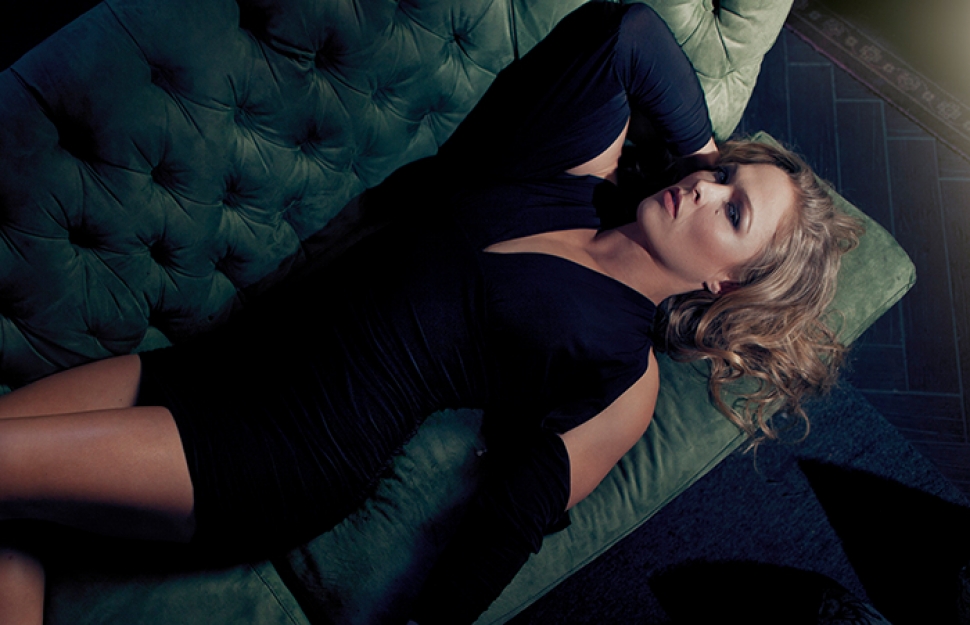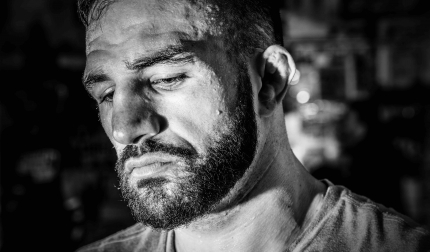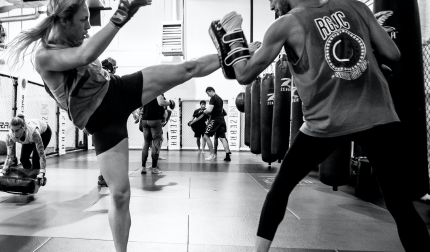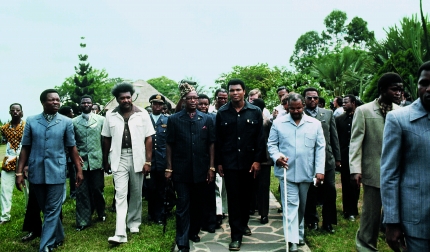When “Rowdy” Ronda Rousey faced Miesha Tate for the Strikeforce Women’s Bantamweight Championship, it was an MMA marketer’s dream come true. “The fight had everything,” Rousey says. “It was a very technical fight, the kind of fight that fans like to watch, and it had two hot girls! You can’t help but look.”
It’s true you can’t help but look when Ronda Rousey competes. At the Strikeforce Championship which aired on Showtime, Rousey demonstrated her striking and judo skills during a frenzied first round, when she then took Tate down and bended her elbow backward until it dislocated, forcing the champion to submit. As with every one of Rousey’s opponents before her, Tate was no match for Rousey’s ground attack.
“My mom was a judo champion,” Rousey says. When she was 17, she blew out both her knees. She was forced to develop a ground game and she became great at it. She’s always taught me that it’s important to be great at things that other people are bad at.” In MMA, it’s a recipe to become champion.
Rousey knows quite a bit about performing at a championship level. After mostly participating in swimming, Rousey started dabbling in judo at age 11, when her mom would bring her to a training facility when she was visiting friends. At age 17, with just six years of training, Rousey qualified for the 2004 Olympic Games, the youngest Judo player at the Games. In 2008, she brought home a Bronze, the first American woman ever to medal in judo. Faced between a decision to join the Coast Guard as a rescue swimmer or try MMA, she chose the latter, and the mixed martial arts world may never be the same.
In only five professional fights, she has brought a merciless submission style to the sport that has electrified the fan base and made her a headliner in a male-dominated sport. “None of this has happened by accident,” Rousey says. “I have a vague plan of what people like to see. It can’t just be cool and exciting; it has to be reputable and technical. My past fight with Miesha Tate for the championship was important because of the way the fight went. It was exciting, because it was so technical.”
Not only has Rousey brought a fighting style that much like Jon Jones has energized a fan base for it’s creativity, she’s also brought a much needed trash-talking edginess that has long fueled the boxing world, but is frowned upon in MMA where competitors are supposed to show a public respect to their opponent, however contrived it may be.
“I want to have a reason to fight someone,” she says. “People don’t want to just watch people fighting. They want a developing storyline. There has to be a happy medium. In some ways, that’s what MMA is—a happy medium between the WWE and boxing.” And that’s why Rousey’s model looks, technical skill and Floyd Mayweather-like bluster has made her a must-watch anytime she’s fighting on Showtime.
So what’s next for a woman who has reached the pinnacle of her sport in five matches? “I’m just trying to slow it down a bit now,” Rousey says. “I was always encouraged to do great things, and I wanted to do them quickly. Taking the time to reach your goals doesn’t make them any less scary. But I know I still have to find my real style; I have a lot to improve on. I’m lucky to have great people around me to help me do that.”






